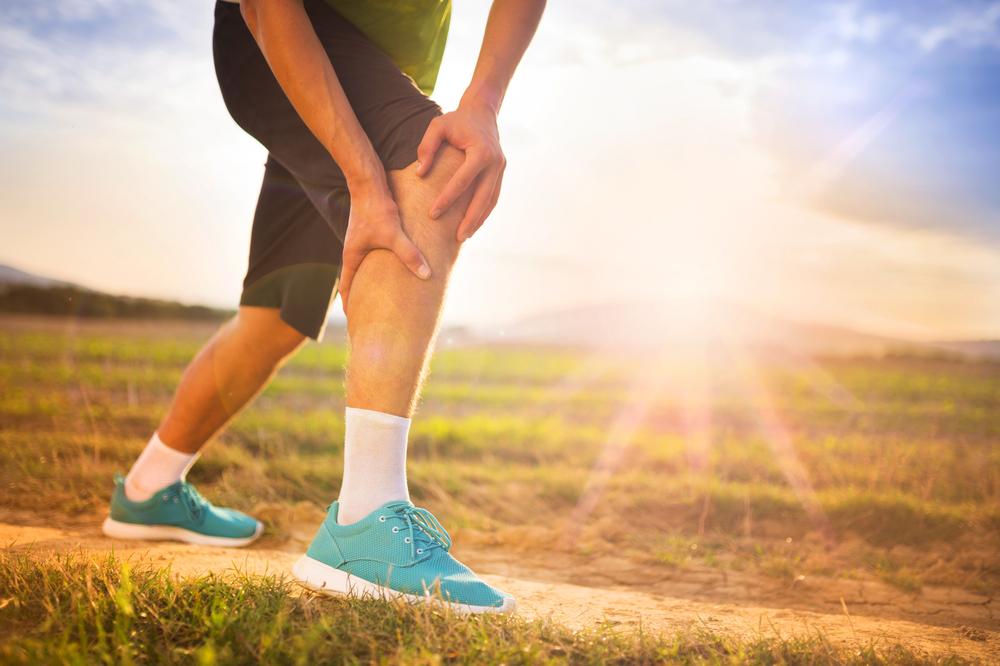
Common Causes of Deep Vein Thrombosis
Deep vein thrombosis or DVT is a health condition that occurs when blood clots develop in one or more deep veins in the body, especially the legs. Some of the common symptoms include pain on the affected region, swelling, the area may turn reddish or colored and a burning sensation. DVT may again develop when suffering from other illnesses that affect the blood clotting process as well as lack of movements or when confined to the bed. Some of the common causes of thrombosis include:
1. Age
The condition infects individuals of all age groups, but the risks increase after forty years but become precarious when at sixty. Aging slows body activities as well as becoming vulnerable to diseases; hence the condition can easily infect patients at old age. Research shows that young people may get affected by the situation but at a reduced risk compared to old people.
2. Sitting for long periods
The current lifestyle comprises of more flexible means of transport and robots performing much of the tasks. As such, when the legs remain in one position for long hours multiple times for instance, routinely daily driving or flying, calf muscles contract inhibiting blood flow. Therefore, blood clots may develop on these muscles hence resulting to any person to experience blood crumbs at deep veins in the body, especially the legs.
3. Genetic disorder
Family history with members suffering from either deep vein thrombosis or pulmonary embolism has a higher risk to the condition due to the disorder being imprinted on the genes of the parents. With genes naturally transferred from parents to offspring, the children may either get infected or become carriers for the next generation. The family history, as a result, may contribute to the spread of the condition thus putting the current and the next generation at higher risk.
4. Heart failure
Heart failure sometimes referred to as congestive heart failure, may result in multiple illnesses in the body such as dyspnea, edema, and fatigue as well as DVT and pulmonary embolism. People who suffer from heart failure experience reduced heart and lung functions hence limited blood flow. Reduced blood flow to the legs may eventually lead to clotting of blood to the central veins leading to swellings and pains.
5. Cancer
With many forms of cancer today, the blood may have an increased amount of substances that cause instant clots at different parts of the body veins. Some forms of cancer involve blood activities hence becoming a risk of acquiring thrombosis. Similarly, there are some types of cancer treatment methods which contribute to blood clots in the veins especially the leg region.
6. Substance and medicinal causes
Smoking is the most common activity which affects clotting and circulation of blood in the body resulting from tobacco. Besides, the use of oral contraceptives or hormonal therapy also increases blood clotting which poses a risk of being infected by the condition. Both substance abuse and some medical drugs used frequently may affect the process of blood clotting resulting in the blood solidifying at the vein deep inside the body.


